It’s nearly impossible to create the perfect diet for healthy cats. There are always certain flaws in formulas, whether you use wet or dry cat food; these flaws can be ingredients, artificial components, flavors, or texture.
Each cat has different needs, therefore it’s not always a good idea to meet them all with products made for the mass market and industry.
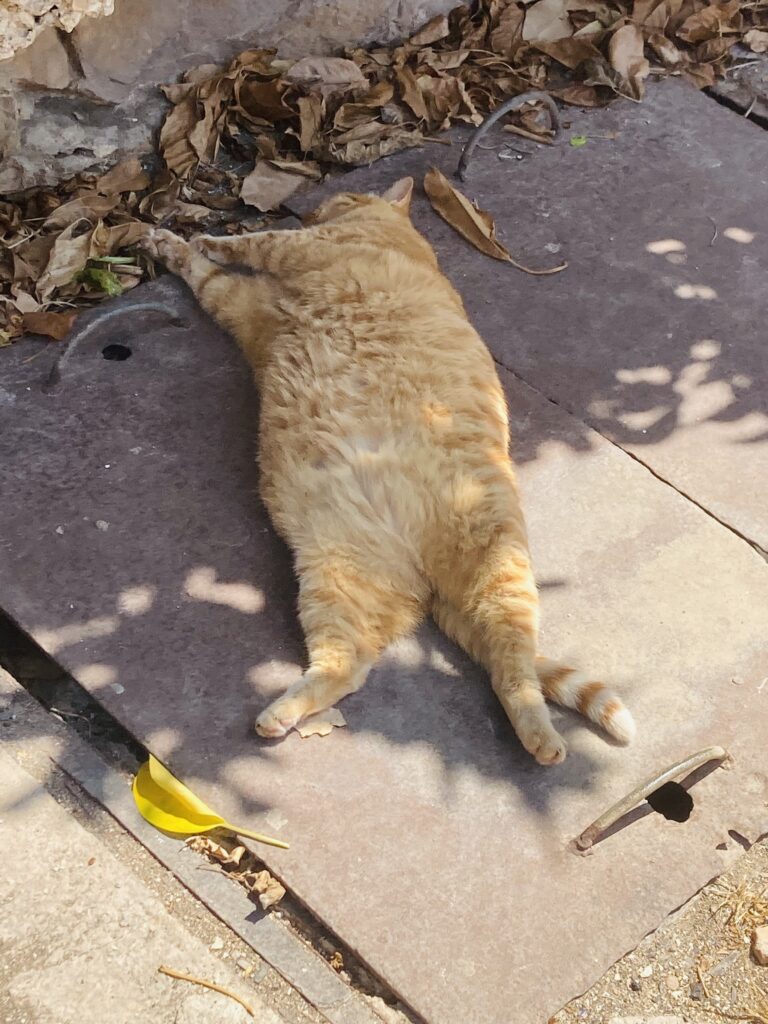
Cats don’t need grains because they are carnivores and devour raw meat. When purchasing kibbles that contain wheat and maize. Their cherished pets, as a result, experience allergic reactions, stomach trouble, sensitivities, poor digestion and metabolism, excessive weight, etc.
A cat’s diet should ideally consist of game and fish, which these hunters historically consumed. Making the perfect food for your cat will benefit it.
| Food that cats can eat | Food that cats cannot eat |
| Beef, chicken turkey, whole grains, cooked fish, cooked eggs, vegetables, cheese | Chocolate, grapes, raisins, onions, garlic, macadamia nuts, bread dough, alcohol, xylitol (sweetener) |
How?
Have you tried making your own cat food before? This choice would be ideal, and it’s not as challenging as it would sound. Actually, millions of individuals currently make their own homemade cat food, kibbles, and even kitten formulae!
Birthday Cake for Your Cat
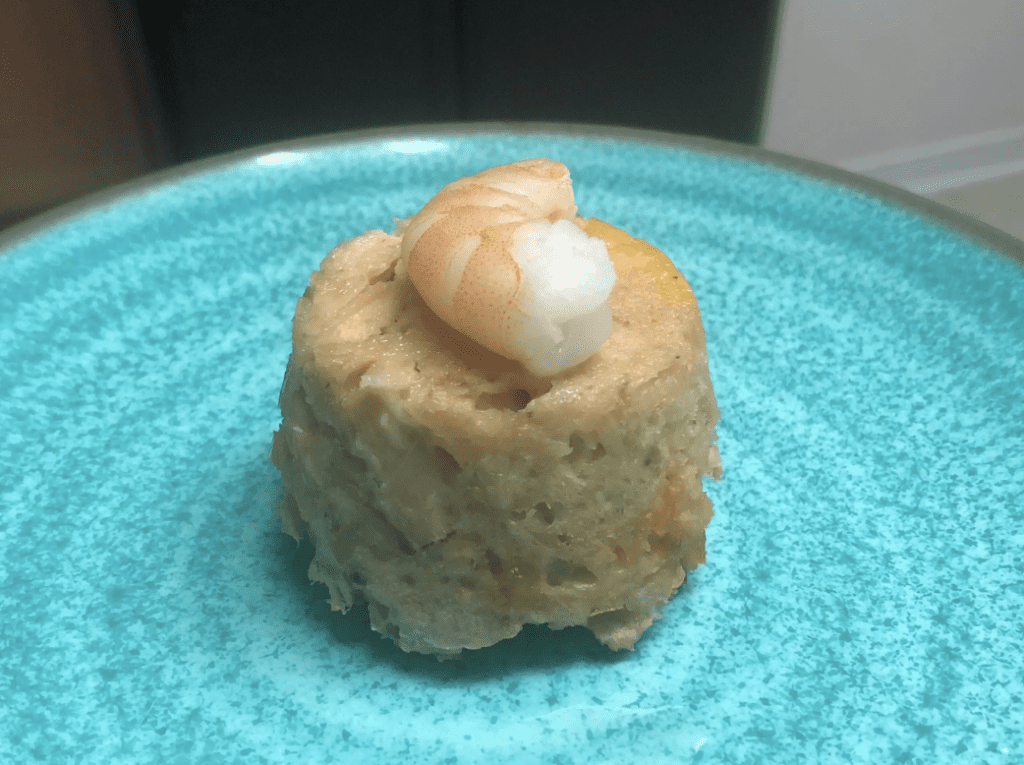
| Ingredients | Instructions |
|---|---|
| 1/2 cup canned tuna, drained | 1. Preheat your oven to 350°F (180°C). |
| 1 cup whole wheat flour | 2. In a mixing bowl, combine the canned tuna and whole wheat flour. Mix well to form a dough. |
| 1 egg | 3. Add the egg to the dough mixture and continue to mix until everything is well combined. |
| 1 tablespoon dried catnip | 4. Fold in the dried catnip to the dough mixture. |
| 1/4 cup water | 5. Gradually add water to the dough, a little at a time, until it reaches a doughy consistency. |
| Non-fat plain yoghurt for frosting | 6. Shape the dough into a small, cake-like form or make individual cupcakes if you prefer. Place them on a baking sheet. |
| small cat-safe treat for decoration | 7. Bake the cake or cupcakes for about 10–12 minutes or until they turn golden brown. |
| 8. Let the cake(s) cool completely. | |
| 9. Once cooled, spread a thin layer of non-fat plain yoghurt on top for frosting. | |
| 10. Decorate the cake(s) with a small cat-safe treat in the centre. | |
| 11. Serve your cat a small portion of the cake as a special birthday treat. Enjoy! |
Remember, this cake should be given to your cat in moderation and should not replace their regular diet. It’s meant as a special treat for a birthday celebration. Ensure all ingredients are safe for your cat, and consult with your veterinarian if you have any concerns about your cat’s dietary restrictions or allergies.
Cooked Rabbit & Poultry Recipe
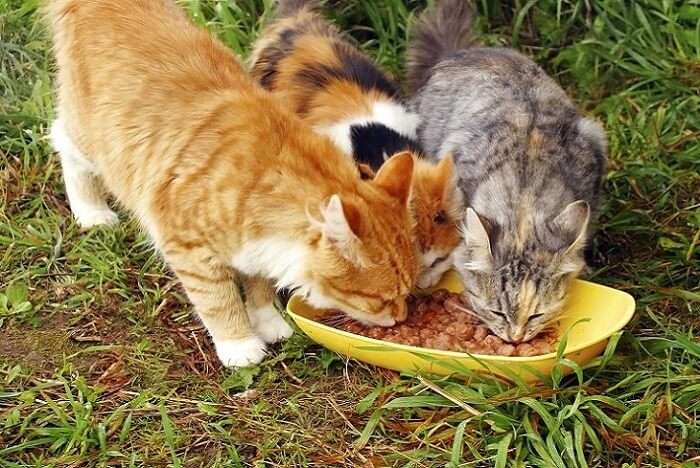
| Ingredients | Instructions |
|---|---|
| 1/4 cup cooked rabbit meat (boneless and skinless) | 1. Begin by cooking the rabbit meat until it’s fully cooked and boneless. Make sure to remove any skin. |
| 1/4 cup cooked poultry meat (chicken or turkey, boneless and skinless) | 2. Cook the poultry meat separately until it’s fully cooked and boneless. Remove any skin as well. |
| 1/4 cup cooked sweet potato (mashed) | 3. Cook a sweet potato until it’s soft, then mash it thoroughly. Ensure there are no added seasonings or butter. |
| 1 tablespoon cooked peas (mashed) | 4. Cook a small amount of peas until they’re soft, then mash them as well. Avoid adding any salt or seasoning. |
| 1/4 teaspoon fish oil (optional, for added omega-3 fatty acids) | 5. If desired, add a small amount of fish oil to the mixture for extra omega-3 fatty acids. This is optional and should be used sparingly. |
| Water for moisture | 6. If needed, you can add a little water to the mixture to achieve the desired consistency. Make sure it’s not too watery. |
| 7. Mix all the ingredients together until well combined. Ensure that the meat is shredded or diced into small, cat-sized pieces. | |
| 8. Allow the mixture to cool before serving to your cat. Serve a small portion as a special treat. | |
| 9. Store any leftovers in an airtight container in the refrigerator and use them within a few days. |
Remember, this recipe is meant as an occasional treat and should not replace your cat’s regular commercial cat food. Always consult with your veterinarian before introducing new foods to your cat’s diet, especially if they have dietary restrictions or allergies.
Eggs for Breakfast
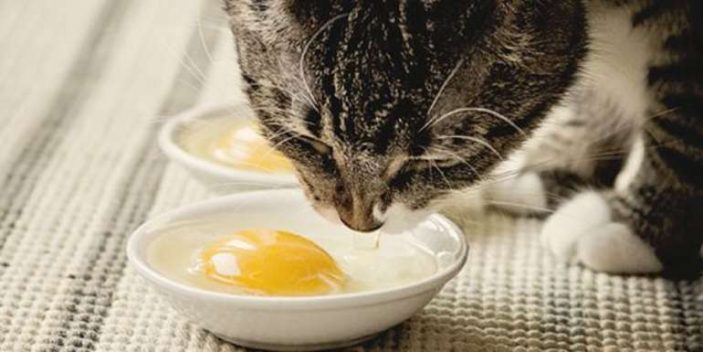
| Ingredients | Instructions |
|---|---|
| 1/4 cup cooked chicken, diced | 1. Begin by cooking a small portion of chicken until it’s fully cooked and boneless. |
| 1/4 cup cooked plain rice | 2. Cook a small amount of plain rice until it’s soft and cooked through. |
| 1 tablespoon canned pumpkin | 3. Add a tablespoon of canned plain pumpkin (not pumpkin pie filling) to the mix. |
| 1 teaspoon olive oil (optional) | 4. You can optionally add a small amount of olive oil for extra flavor and moisture. |
| 5. Mix all the ingredients together thoroughly. Ensure the chicken is shredded or diced into small, cat-sized pieces. | |
| 6. Allow the mixture to cool before serving to your cat. Serve a small portion as a special breakfast treat. | |
| 7. Store any leftovers in an airtight container in the refrigerator and use them within a few days. |
This breakfast recipe is a balanced and safe option for your cat, but remember to consult with your veterinarian before introducing new foods to your cat’s diet, especially if they have dietary restrictions or allergies. Additionally, this should be given as an occasional treat and not replace your cat’s regular cat food.
Mackerel Recipe
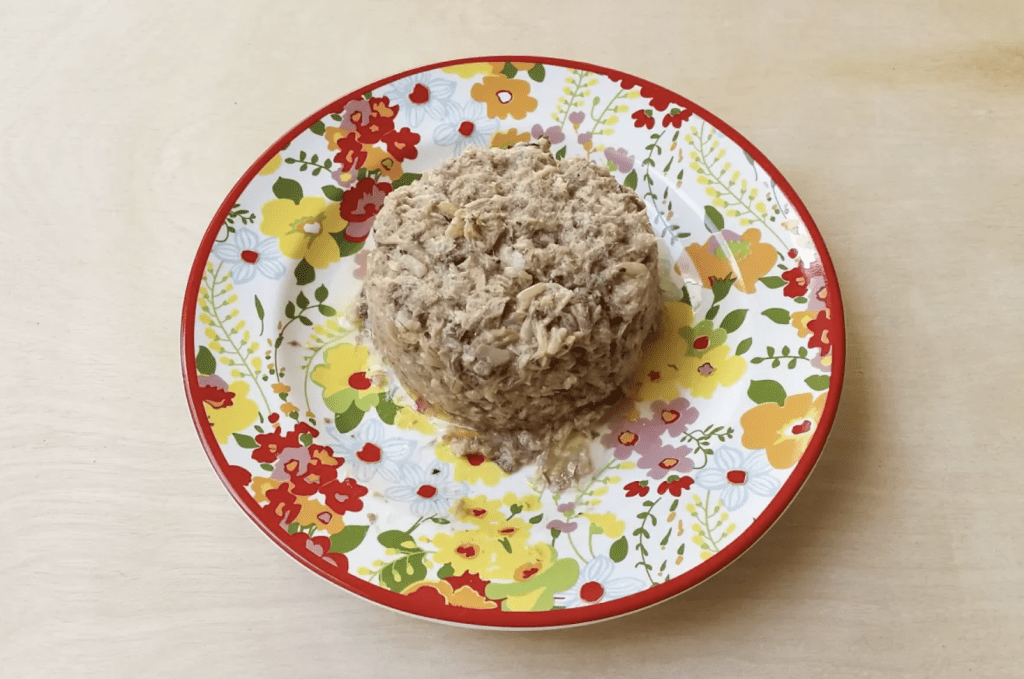
| Ingredients | Instructions |
|---|---|
| 1 small canned mackerel | 1. Open the can of mackerel and drain the liquid. |
| 1/4 cup cooked rice | 2. Cook a small amount of plain rice until it’s soft and fully cooked. |
| 1 teaspoon fish oil (optional) | 3. If desired, you can add a small amount of fish oil for extra omega-3 fatty acids. This is optional and should be used sparingly. |
| Water (as needed) | 4. Mash the mackerel and cooked rice together to create a mixture. You can add a little water if needed to achieve the desired consistency. |
| 5. Serve a small portion of this mackerel mixture to your cat as a special treat. Make sure it’s at room temperature. | |
| 6. Store any leftover mixture in an airtight container in the refrigerator and use it within a few days. |
Always consult with your veterinarian before introducing new foods to your cat’s diet, especially if they have dietary restrictions or allergies. This mackerel treat is meant to be an occasional addition to your cat’s diet, and it should not replace their regular cat food.
Trout Dinner
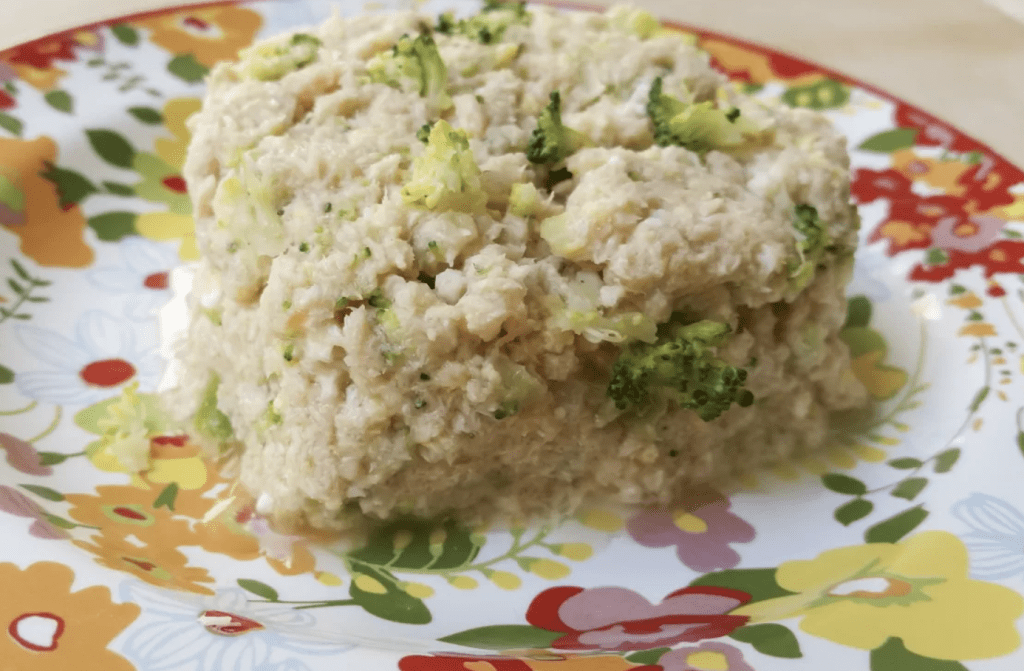
| Ingredients | Instructions |
|---|---|
| 2-3 small trout fillets | 1. Start by selecting fresh or frozen trout fillets. If using frozen fillets, thaw them thoroughly before cooking. Ensure the fillets are boneless. |
| 1/4 cup cooked peas | 2. Cook a small amount of peas until they are soft, then mash them. Avoid adding any salt or seasoning. |
| 1/4 cup cooked carrots | 3. Cook a small amount of carrots until they are soft, then mash them as well. Avoid adding any salt or seasoning. |
| 1 teaspoon olive oil (optional) | 4. Optionally, you can add a small amount of olive oil for flavor and moisture. |
| 5. Preheat the oven to 350°F (180°C). | |
| 6. Place the trout fillets on a baking sheet lined with parchment paper. | |
| 7. If using olive oil, brush a little over the trout fillets for added flavor and moisture. | |
| 8. Bake the trout fillets for approximately 15-20 minutes or until they are fully cooked. Ensure they are flaky and not translucent in the center. | |
| 9. Let the trout fillets cool, then flake them into small, cat-sized pieces. Remove any bones if present. | |
| 10. Mix the flaked trout with the mashed peas and carrots. | |
| 11. Serve a small portion of this trout dinner mixture to your cat as a special treat. Make sure it’s at room temperature. | |
| 12. Store any leftovers in an airtight container in the refrigerator and use them within a few days. |
As always, consult with your veterinarian before introducing new foods to your cat’s diet, especially if they have dietary restrictions or allergies. This trout dinner should be an occasional treat and not replace your cat’s regular cat food.
Chicken and Tuna Dinner
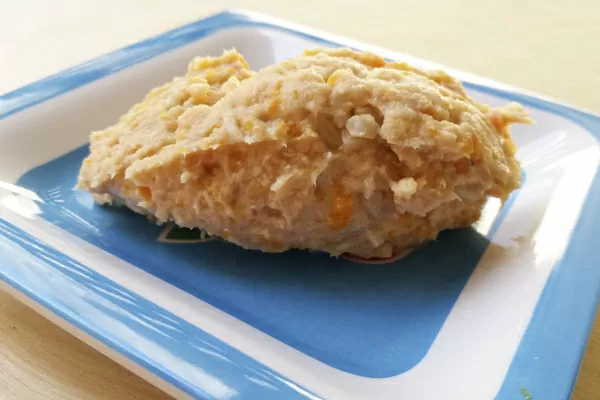
Table of Ingredients for Chicken and Tuna Dinner for Cats:
| Ingredients | Instructions |
|---|---|
| 1/4 cup cooked chicken, diced | 1. Cook a small portion of chicken until it’s fully cooked and boneless. Dice it into small, cat-sized pieces. |
| 1/4 cup canned tuna in water, drained | 2. Drain the water from canned tuna and make sure it’s packed in water and not oil. |
| 1/4 cup cooked plain rice | 3. Cook a small amount of plain rice until it’s soft and fully cooked. |
| 1/4 cup cooked peas, mashed | 4. Cook a small amount of peas until they are soft, then mash them. Avoid adding any salt or seasoning. |
| Water (as needed) | 5. Mix the diced chicken, drained tuna, cooked rice, and mashed peas together in a bowl. Add a little water as needed to achieve the desired consistency. |
| 6. Serve a small portion of this chicken and tuna dinner to your cat as a special treat. Ensure it’s at room temperature. | |
| 7. Store any leftovers in an airtight container in the refrigerator and use them within a few days. |
This chicken and tuna dinner provides a variety of flavours and textures that cats may enjoy. Again, it’s essential to offer this as an occasional treat and not as a primary meal to maintain a balanced diet for your cat.
Cat Salad
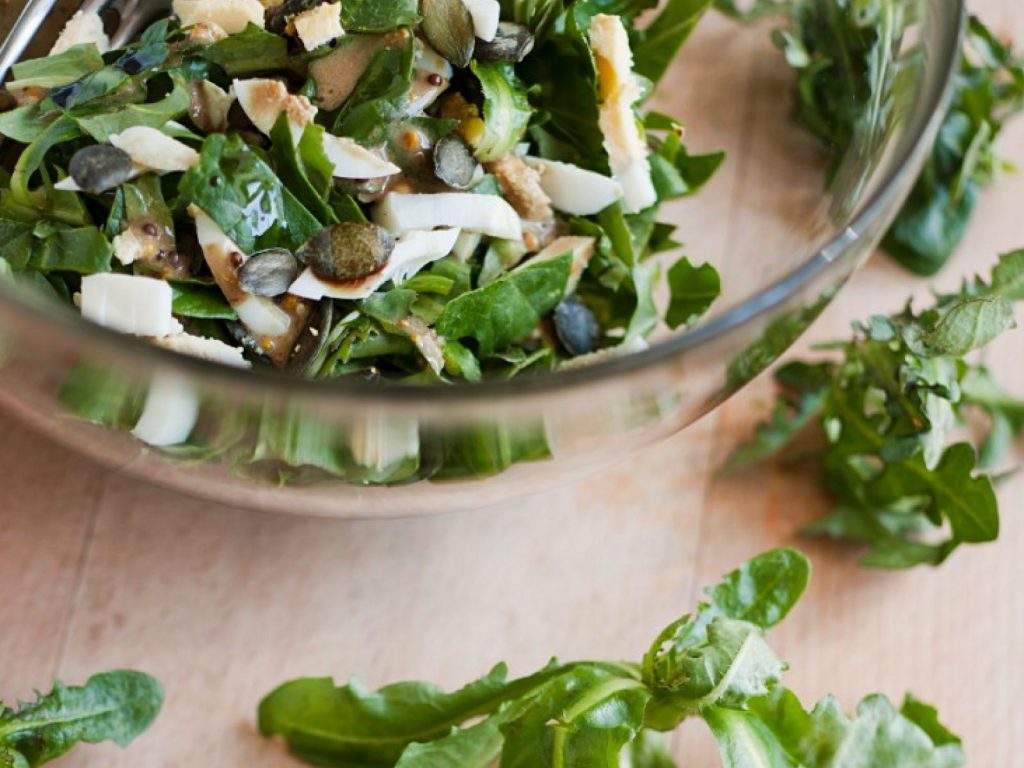
Many cats like greens, but indoor cats usually don’t have access to the grass they crave. This special treat should satisfy your cat’s craving for something green.
| Ingredients | Instructions |
|---|---|
| 1/4 cup cooked and shredded chicken | 1. Cook a small portion of chicken until it’s fully cooked and boneless. Shred it into small, cat-sized pieces. |
| 1/4 cup cooked and mashed sweet potato | 2. Cook a small amount of sweet potato until it’s soft, then mash it thoroughly. Ensure there are no added seasonings or butter. |
| A few cooked and diced green beans or peas | 3. Cook a few green beans or peas until they are soft and dice them into small pieces. Avoid adding any salt or seasoning. |
| A teaspoon of plain, unsweetened yogurt (optional) | 4. If your cat tolerates dairy, you can add a small amount of plain, unsweetened yogurt to the mix for added flavor and moisture. |
| 5. Mix all the ingredients together thoroughly. Ensure the chicken, sweet potato, and vegetables are well combined. | |
| 6. Allow the mixture to cool before serving to your cat. Serve a small portion as a special treat or supplement to their regular cat food. | |
| 7. Store any leftovers in an airtight container in the refrigerator and use them within a few days. |
Always consult with your veterinarian before introducing new foods to your cat’s diet, especially if they have dietary restrictions or allergies. This cat “salad” is meant to be given occasionally and should not replace your cat’s regular cat food.
Simple Homemade Cat Food Recipe
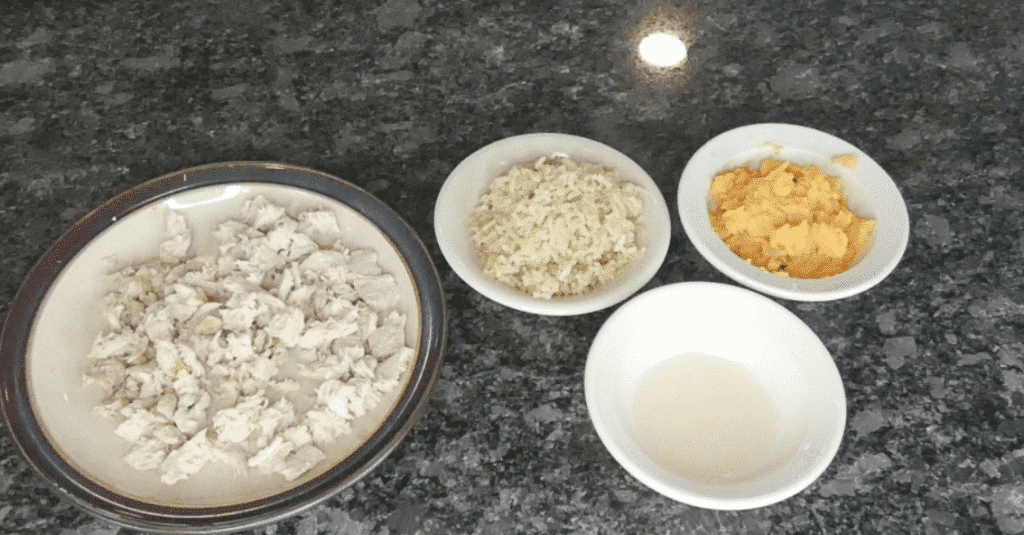
| Ingredients | Instructions |
|---|---|
| 1/2 cup cooked chicken, diced | 1. Cook a small portion of chicken until it’s fully cooked and boneless. Dice it into small, cat-sized pieces. |
| 1/4 cup cooked and mashed sweet potato | 2. Cook a small amount of sweet potato until it’s soft, then mash it thoroughly. Ensure there are no added seasonings or butter. |
| 1/4 cup cooked peas, mashed | 3. Cook a small amount of peas until they are soft, then mash them as well. Avoid adding any salt or seasoning. |
| 1/4 cup cooked brown rice | 4. Cook a small amount of brown rice until it’s fully cooked. |
| 1/4 teaspoon fish oil (for added omega-3 fatty acids, optional) | 5. Optionally, you can add a small amount of fish oil for extra omega-3 fatty acids. This is optional and should be used sparingly. |
| According to your veterinarian, a vitamin and mineral supplement | 6. Consult with your vet to determine if your cat requires any specific supplements or vitamins to ensure a balanced diet. |
| 7. Mix all the ingredients together thoroughly, ensuring they are well combined. | |
| 8. Allow the mixture to cool before serving to your cat. Serve a small portion as a meal, dividing it into multiple servings per day based on your cat’s nutritional needs. | |
| 9. Store any leftovers in an airtight container in the refrigerator and use them within a few days. |
Homemade cat food should be formulated carefully to ensure it provides all the essential nutrients your cat needs, such as taurine, vitamins, and minerals. Again, consult with your veterinarian for guidance, and consider consulting with a veterinary nutritionist to create a well-balanced homemade cat food plan if you plan to feed your cat homemade food regularly. Homemade cat food: Unless your veterinarian advises otherwise, homemade cat food shouldn’t replace your cat’s regular
Remember to consult with your veterinarian for supplements and dietary needs specific to your cat. This homemade chicken cat food recipe is an occasional treat or supplement to your cat’s commercial cat food.
This easy and quick homemade chicken cat food recipe provides a balanced meal option for your feline friend. It includes lean protein from chicken, carbohydrates from rice, and essential nutrients from peas and supplements.
However, you must consult your veterinarian before introducing new foods into your cat’s diet, especially if they have specific dietary requirements or allergies. Additionally, always use this homemade cat food as an occasional treat or supplement to your cat’s regular commercial cat food to ensure they receive a well-balanced diet. Proper storage and hygiene practices are crucial to keeping your cat’s food safe. Enjoy making nutritious and tasty treats for your furry companion!




